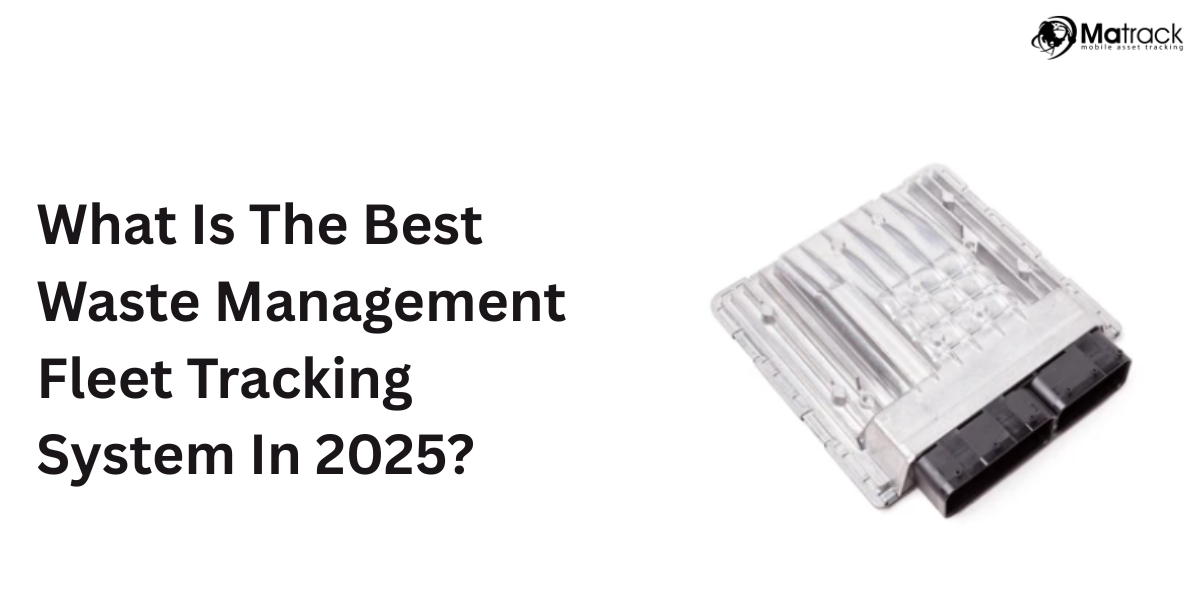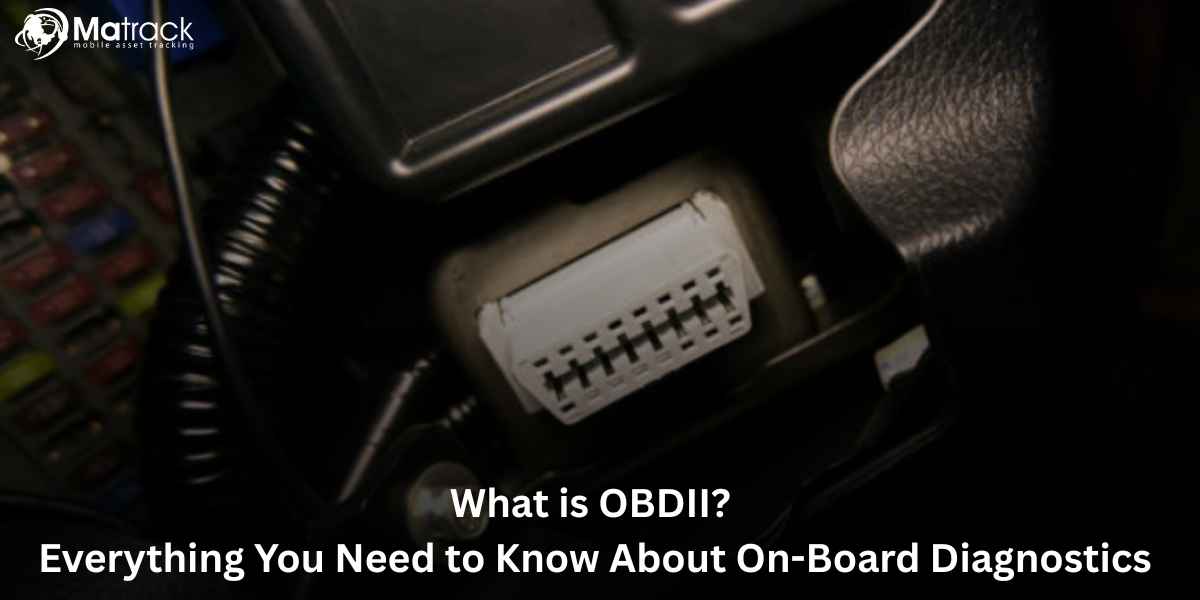Key Takeaways:
- An Engine Control Module (ECM) is the central computer that manages fuel, ignition, and emissions for efficient engine performance.
- A failing ECM causes issues like poor mileage, engine stalling, check engine lights, and starting problems.
- You can reset or reprogram the ECM using battery disconnection or professional tools depending on the issue.
- ECM costs range from $400 to $1,800, and future models will support AI tuning, OTA updates, and integration with ADAS systems.
What Is An Engine Control Module?
An Engine Control Module (ECM) is a small computer inside a vehicle that controls how the engine works. It uses information from sensors to manage things like fuel use, air intake, and engine timing to keep everything running smoothly.
The ECM helps the engine perform better by making quick adjustments based on driving conditions. It improves fuel efficiency, reduces emissions, and protects the engine from damage.
Where Is The Engine Control Module Located?
Engine Control Module (ECM) is usually located in the engine bay near the battery or the firewall. In some vehicles, it may be found under the dashboard or beneath the passenger footwell.
Its location is chosen to protect it from heat and vibration while keeping it close to the engine sensors it controls. For exact placement, checking the owner’s manual or a repair guide for your specific vehicle model is best.
What Is The Core Purpose of ECM?
Improve Fuel Economy
The ECM helps your engine use just the right amount of fuel, so you don’t waste gas. It adjusts how much fuel goes in based on how you’re driving.
Reduce Exhaust Emissions
By keeping the fuel and air mix balanced, the ECM helps your car burn fuel more cleanly. This means fewer harmful gases come out of the exhaust.
Maximize Engine Performance
The ECM fine-tunes the engine’s settings to keep it running at its best. Whether you’re speeding up or cruising, it makes sure the engine responds smoothly.
Prevent Mechanical Failures
The ECM keeps an eye on engine health and catches small issues before they get serious. It can adjust things or alert you to stop bigger problems early.
How Does An Engine Control Module Work?
- Collects Real-Time Data: The ECM receives continuous input from sensors such as the mass airflow sensor, oxygen sensor, throttle position sensor, and engine temperature sensor.
- Analyzes Sensor Signals: It processes this data instantly to assess current engine conditions like speed, load, temperature, and fuel-air mix.
- Controls Fuel Injection: Based on the data, the ECM adjusts the fuel injectors to deliver the right amount of fuel for efficient combustion.
- Regulates Ignition Timing: It decides the exact moment to fire the spark plugs, helping the engine produce maximum power with minimum fuel.
- Manages Air-Fuel Ratio: The ECM balances the mix of air and fuel to maintain optimal engine performance and reduce emissions.
- Adjusts Idle Speed: It keeps the engine running smoothly while idling by managing airflow and fuel flow.
- Activates Emission Controls: The ECM operates systems like the EGR valve and catalytic converter to reduce harmful exhaust gases.
- Stores Diagnostic Codes: When something goes wrong, it logs Diagnostic Trouble Codes (DTCs) to help mechanics find and fix the issue.
What Are the Symptoms of a Bad Engine Control Module?
Check Engine Light Stays On
A constantly lit check engine light is the most common warning sign. It means the ECM has detected something wrong with the engine or one of its sensors.
Poor Fuel Efficiency
If the ECM fails to control the fuel mixture properly, your vehicle may start using more fuel than usual. This leads to more frequent trips to the gas station.
Engine Misfires or Stalling
A bad ECM can send the wrong signals to fuel injectors or spark plugs. This can cause the engine to misfire, stall suddenly, or have trouble starting.
Rough Idling or Hesitation
You might feel the engine shaking or struggling when idling or accelerating. This happens when the ECM cannot keep the air-fuel balance steady.
Transmission Issues
Since the ECM works closely with the transmission, a faulty one can cause hard shifts or delayed gear changes. In some cars, it can even get stuck in one gear.
Car Won’t Start
In serious cases, the ECM may completely fail to send signals to essential systems. This can prevent the engine from starting at all, even if the battery is fine.
What Are The Causes of ECM Failure?
Corrosion from Moisture
If water or humidity gets inside the ECM, it can cause rust and damage the circuits. This weakens the connections and affects how the system works.
Power Surges from Battery or Alternator Issues
A bad battery or alternator can send too much power to the ECM. These voltage spikes can harm the internal parts and mess with how the engine runs.
Overheating from Poor Airflow
The ECM needs to stay cool to work properly. If it’s near hot engine parts and doesn’t get enough airflow, it can overheat and fail.
Wiring or Sensor Short Circuits
Damaged wires or sensors can short out and send the wrong signals to the ECM. This can confuse the system or cause it to stop working.
Damage from Impact or Loose Mounting
If the car is in an accident or the ECM isn’t mounted tightly, it can get damaged. Bumps and vibrations might crack the board or disconnect important parts.
How To Diagnostic ECM Problems?
To diagnose ECM problems, technicians follow a structured process:
- Connect an OBD-II scanner to extract DTCs.
- Inspect sensors and wiring for physical damage or corrosion.
- Test input and output signals using a multimeter or oscilloscope.
- Check ECM power and ground circuits for continuity.
- Verify with a known-good ECM (if available) to rule out hardware faults.
- Some advanced scanners simulate ECM inputs and observe outputs for confirmation.
Some advanced scanners simulate ECM inputs and observe outputs for confirmation.
How to Reprogram an Engine Control Module?
After installing a new or replacement ECM, it must be programmed (or “flashed”) to match your vehicle’s specifications. This step is necessary to ensure the ECM can control all engine functions correctly.
Why ECM Programming Is Important?
Most ECMs arrive either blank or loaded with generic factory software. To fully integrate with your vehicle, the ECM needs updated data that matches its exact configuration.
Key reasons for ECM programming include:
- VIN-Specific Calibration: Ensures the ECM matches your vehicle’s engine type, fuel system, and driving characteristics.
- Transmission Pairing: Aligns ECM settings with your vehicle’s transmission for smooth gear shifts and proper torque control.
- Security Code Matching: Activates anti-theft systems and allows the car to recognize the ECM as a trusted unit.
- Emission Compliance: Updates regional emission settings to ensure the vehicle meets local laws and standards.
How It’s Done?
Reprogramming an ECM requires special tools and software. This process should always be handled by a professional.
Steps typically include:
- Connecting a scan tool or reflash programmer to the vehicle’s diagnostic port (OBD-II).
- Uploading the latest software from the manufacturer using a laptop or dealer system.
- Entering vehicle-specific details like VIN and immobilizer codes.
- Verifying that all systems communicate correctly with the new ECM after flashing.
Only licensed shops or dealerships with access to manufacturer software can perform full and secure ECM programming.
How To Reset Engine Control Module?
Resetting the ECM helps clear error codes and brings the system back to its default settings. It’s a simple fix that can sort out small glitches or performance issues.
Step-by-Step Guide to Resetting the ECM
- Turn Off the Ignition: Make sure your car is completely off and the key is out of the ignition.
- Disconnect the Battery: Use a wrench to remove the negative terminal from the battery. This cuts power to the ECM.
- Wait 10–15 Minutes: Give it some time to fully reset, this clears stored memory and resets the system.
- Reconnect the Battery: Attach the terminal back in place and make sure it’s secure.
- Start the Car and Let It Idle: Turn the car back on and let it sit for a few minutes. This gives the ECM time to recalibrate.
When Should You Do This?
- After fixing or replacing a sensor
- If your check engine light is still on after a minor repair
- When your car isn’t running quite right and you want to start fresh
Keep in mind, after a reset, the car might feel a little different while the ECM relearns how you drive. If the problem continues, it’s best to run a proper diagnostic.
What Are The Differences Between Repairing vs. Replacing an ECM?
| Aspect | Repairing ECM | Replacing ECM |
| What It Involves | Fixing damaged parts like resistors, capacitors, or microchips | Installing a new or remanufactured ECM |
| When It’s Possible | If damage is limited to one area | If the ECM is completely damaged or non-repairable |
| Expertise Needed | Requires a skilled ECU electronics technician | Usually done at a dealership or with professional tools |
| Vehicle Warranty | Not typically covered under warranty | Often covered if vehicle is under manufacturer warranty |
| Ease of Process | May require deep diagnostics and fine repair tools | Easier with plug-and-play or reprogrammable units |
| Reprogramming Required | Not always, depends on the part replaced | Yes, most new ECMs require VIN-specific programming |
| Estimated Cost | Usually lower, depends on labor and damage severity | Ranges from $400 to $1,800 based on vehicle make and model |
How Much Does an Engine Control Module Cost?
The cost of an Engine Control Module (ECM) depends on the make, model, and year of the vehicle. On average, ECM replacement costs range between $400 and $1,800.
Price Breakdown
- Standard Cars: For most everyday vehicles, the ECM itself usually costs $400 to $900.
- Luxury or Performance Vehicles: ECMs for high-end brands can cost $1,000 to $1,800 or more.
- Labor Charges: If you’re getting it replaced professionally, expect to pay $100 to $300 in labor, depending on location and complexity.
Other Cost Factors
- New vs. Remanufactured Units: Remanufactured ECMs are cheaper than brand-new ones but may have shorter warranties.
- Programming Fees: Most new ECMs need to be programmed to match your vehicle, which may cost an additional $100 to $200.
- Warranty Coverage: If your car is under warranty, the ECM may be replaced at no cost.
What Is the Future of ECM Technology?
Engine Control Module (ECM) technology is moving far beyond basic engine management. As vehicles become smarter and more connected, ECMs are evolving to handle more advanced and integrated functions.
Integration with ADAS (Advanced Driver Assistance Systems)
Modern ECMs are being designed to work closely with systems like lane-keeping assist, adaptive cruise control, and collision detection. This integration helps the vehicle react more precisely by combining engine behavior with safety features.
Over-the-Air (OTA) Updates
New ECMs will support OTA updates, allowing manufacturers to send software improvements and bug fixes directly to the car. This means real-time performance upgrades without visiting a dealership.
Unified Vehicle Control Units (VCUs)
Future vehicles will combine the ECM with other control modules like the Transmission Control Module (TCM) and Body Control Module (BCM). This creates a single, smart unit that manages the entire car more efficiently.
AI-Based Adaptive Tuning
With AI integration, ECMs will learn from the driver’s habits and road conditions. This allows the engine to adjust automatically for better fuel efficiency, smoother driving, and improved response.



